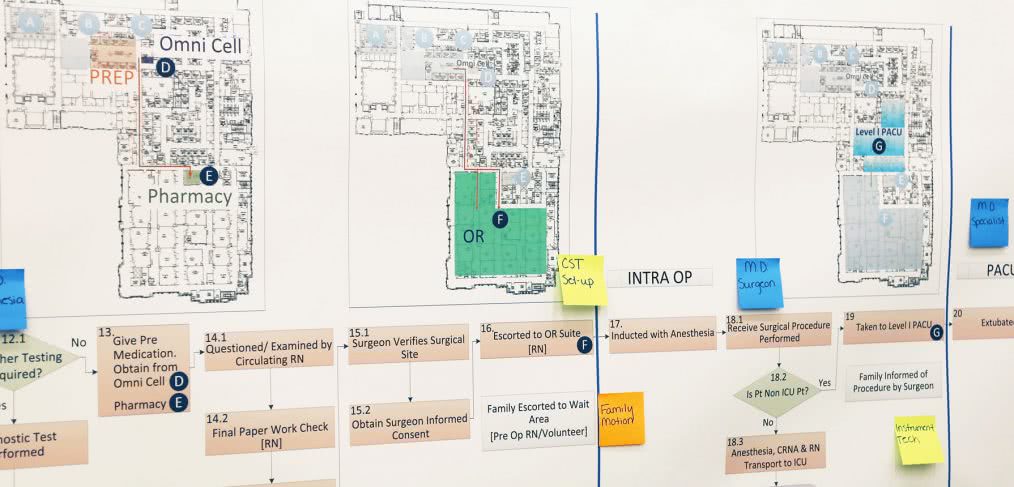
Aligning an Organization to Achieve Desired Strategic Results
CRTKL’s Rudy Santacroce recaps his recent strategy development sessions at the IISE Annual Conference and Expo 2017 and discusses how OPEX can be used in everyday life.
Operational excellence can sometimes seem like a lofty concept. It’s a bit difficult to define for those who don’t live and breathe OPEX like I do. But it’s incredibly important in every business decision. A recent conference experience reinforced that notion in my mind. Let me break it down:
This year, I attended the Institute of Industrial & Systems Engineers (IISE) Annual Conference and Expo in Pittsburgh. Surrounded by my peers, we realized that IISE needed to step up and use evidence-based strategy to align with industry change and retain and attract new members. In order to help IISE professionals adapt to a new generation of leaders and wider industry changes, I led strategy development sessions understand the core reasons members join IISE and what they are hoping to gain from that experience.
Developing this understanding of members’ (or client’s) needs and desires allows leadership to frame the core drivers of a strategic plan to increase membership and member engagement. Using Lean techniques such as group brainstorming and multi-voting, division representatives began to frame the past, present and future outlooks for the divisions attending. This tailored strategy, along with a qualitative output, became the strategy foundations which will increase the ability to recruit and retain organization members. The findings from the sessions helped the organization understand its value proposition and formulate additional approaches to enhance member engagement and satisfaction.
In organizations, OPEX can drive sustainable improvement, engage front-line staff, identify organization problems and provide holistic solutions. These same methodologies, applied to IISE’s division strategy development, can even be used to re-think their value proposition and the way they attract members in today’s evolving professional environment.
